What Your Attachment Style Says About Your Mother Experience

In life, we may find ourselves interacting with others in particular patterns. The awareness of these patterns is more common now than ever, as we have better language and understanding that explains why and how these attachments occur. We call these patterns “Styles”. This concept became popularized more recently from the book Attached by Amir Levine and Rachel Heller, which focuses on how we attach to romantic partners, but it also points to how our “picker” may be skewed.
Honestly, there are a gazillion books out now about attachment. However, I’d like to talk about the connection between your FIRST relationship and how that has or is impacting your style of attachment to others. Think Daniel Stern’s The First Relationship and the result of such complexities on developmental psychology.
But one quick thing before we dive in– if you are a reader who did not grow up with a mother, you may consider this information as it relates to a significant caretaker that took on the role of “mother” in your life.

Let’s start by answering this question: How would you describe your relationship with your mother?
Is it warm and open? Are conversations tense or tender? Does this relationship bring emotions of comfort and trust or are your interactions met with friction and a sense of repulsion?
These are not always easy questions to answer. It can be because they are just plain difficult to reflect on or because your relationship looks and feels very different than it did when you were younger.
This brings us to the next question: Is your relationship with your mother the same as it was when you were a child? How is it different?
Both can be a source of strain. If you feel your mother still sees you as the person you were as a child, you may be frustrated. Or if your mother relied on you for emotional support and now you’ve set boundaries with her, this can result in friction or even resentment if those boundaries aren’t respected.
If possible, be as objective as you can. Working through the ambivalence we feel towards those we care about shows our determination to keep some sort of relationship. Or if you need more insight, discuss this with a trusted friend, family member, or professional health worker. Afterall, what we don’t know can’t cure us.
Are you ready to make that great leap?

How The Maternal Experience Guides Each Attachment Style
I mentioned Daniel Stern, he researches and writes about attachment and I highly recommend him as a resource. However, for everyday knowledge, you may be most familiar with Mary Main (previously Ainsworth) and John Bowlby’s work on naming attachment styles. Their work highlighted how our first interactions defined our connections with others throughout the rest of our life.
As you read through these categories and think about where you fit in, you may find yourself identifying clearly with one experience over another. Although, it is quite normal to find yourself connecting with a combination of a few.
So let’s talk about how the experiences with your mother have influenced your style of attachment.
Think of a Fashion Show Runway, and you are wearing your “Style”:
Secure - You got enough consistency, validation, and care from the beginning and throughout the lifespan– first in the family and later with peers and the public. You have a sense of self-worth, a strong connection to an inner voice, able to express needs and feelings without obliterating others.
If you are Secure Style, chances are you will wear your favorite outfit that suits the weather and your mood, and it makes you look and feel fabulous. If it doesn’t, you’ll reflect on what happened and see if you want to do anything differently going forward.
Anxious/Ambivalent - You were not usually considered a separate person. You may have been tasked with things beyond your ability in years or had everything done for you, chosen for you, and not given a chance to explore your own existence or needs.
If you're Anxious Style you’ll be constantly adjusting your falling straps, tightening and loosening your belt, stumbling in your heels (even though you practiced many times over in rehearsal). Your eye contact is quick, fleeting, and searching.
Avoidant - This experience is one of neglect or abuse. Instead of providing support for your thoughts and feelings, you may have been punished, dismissed, or shamed for having them.
The Avoidant Style does not want to leave the dressing room. Reluctantly she pulls a modern hoodie covering much of her face and slouches along the runway. She looks cool and mysterious to others but inside she is sweating and wants to jump out of her skin with so many critical eyes on her.
Disorganized - This is when there is a lack of clarity and consistency on who is who and which roles belong to whom. For instance, the caretaker may be a source of calm one day and a source of terror the next.
Finally, the Disorganized Style begins the catwalk. The crowds fade in her mind. She is wearing a multi-color neon sweater top, with a pinstripe flared skirt, toe socks, and flip flops. She is pushing a stroller filled with snacks she wants to give to the judges as a thank you for sitting so quietly during the show.
This helps us to see how the attachment style is expressed, yet those aren’t the only words we have to discuss the impact of your Mother Experience. And like attachment styles, our mother wounds aren’t necessarily limited to only one.
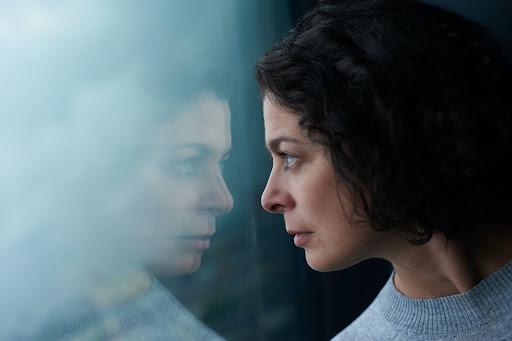
Before we move on, it’s time for a quick check-in:
Take a deep breath. Acknowledge how well you are doing while taking in this heavy information.
Allow yourself to continue to review it objectively.
Types of Mother Wounds and Their Overlap with Attachment Styles
In my work on Overcoming the Mother Wound, and in prior blogs, I discuss the correlation between Attachment Styles and the types of Mother Wounds.
If your experience of your mother has been authentic, open, expressive, and responsive, chances are you have a secure attachment. You feel seen, heard, and accepted with your entire roster of emotions from elated and energized, to sad and angry.
On the other hand, if your mother was missing, ill, drugged-up, not available, or not communicative, your attachment may be anxious and your wound is one of the Absent Mother Wound. This is a wound that did not have a chance to heal, repair, or reflect. You may struggle to feel connected or lack the skills to connect to others and if you do, it feels foreign at first. The anxious style may also have an Attacking Mother Wound where you were not allowed to be who you are, or the Overbearing Mother Wound that leaves no space for anyone else but the mother’s needs.
Let’s take a look at the avoidant attachment style, this style develops most often with an Attacking Mother Wound. Here, the child is left to feel that whatever they do or say will not be accepted or okay, resulting in her being vulnerable to pain and shame. She quickly learns to turn inward and avoid others, for self perseverance. The avoidant may also be coping with an Overbearing Mother Wound that gave her no space to breathe. That little one was no match for this mother so she quickly learned to take shelter.
Then we have our disorganized attachment style. She most likely had a little of each, never knowing whether the Attacking Mother or the Absent Mother, or the Overbearing Mother would show up. Carrying all three wounds meant a heavy load for this little one. She had to work very hard to navigate and survive her early landscape.
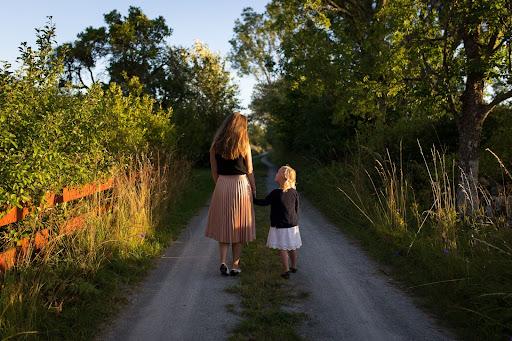
More nuanced mother wounds also exist. For instance, if there is an Enmeshed Wound where the “closeness” is such that your own identity is usurped and you don’t even realize it, except for a gnawing sense that your mother must have the last say (whether you listen or not). This is similar to the Overbearing Mother but more subtle, clearly marked by a lack of boundaries between mother and daughter– a stage meant to be grown out of early in the child’s life– where the mother’s own wound and unmet needs are forced unwittingly on her daughter. This is a very covert and difficult wound to identify as well as difficult to let go of.
As tough as it may be hearing about the Mother Wounds, please know this is not the end. Not only do we need forgiveness in order to heal but understanding, love, and connection.
These wounds can be healed. We have the capacity and neuroplasticity in our brains and nervous system to change, update, and recover from early attachment wounds. We heal through what is called “Corrective Experiences”. This means we have new experiences of relating, responding, and being responded to that are genuine, caring, and honest. However, it does take work, time, and an investment in your well-being as these experiences need to be repeated over time.
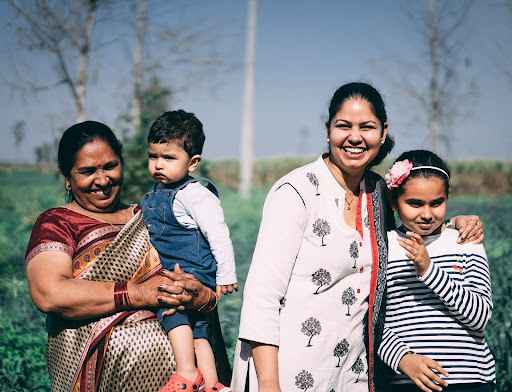
Conclusion
Our Mothers are the reason we are here. I love mothers, they are beautiful life-giving, life-affirming humans. Many symbols and myths represent the Great Mother: Earth, Moon, Ocean, Gaia, Kali… the ethereal examples are endless.
By learning how we were impacted, we can change our relationships with our own daughters. When we do that, we see our mother as more than just a figure who raised us, but as a woman with her own wounds, trying to navigate her relationships with herself and others.
We need Mothers, just as we need daughters, sons, and babies.
My focus has been on the Mother/Daughter relationship, but that does not mean boys do not struggle with a Mother Wound. Theirs is similar but more complicated and less easy to access, mostly because boys learn early to protect and take charge, causing the wound to become very ego-syntonic. Meaning to them, it just feels like a part of them, their duty, and their role.
Our relationship with our mother is bound to transform as we move through life, as we are not stagnant beings. This means we have the ability to take a strained relationship and reconstruct one that is built on compassion and understanding.

Sources:
Attached: The New Science of Adult Attachment and How It Can Help YouFind– and Keep– Love, Amir Levine, M.D. and Rachel S.F. Heller, M.A. (2012)
The First Relationship: Infant and Mother, Daniel N. Stern (2004)
Bowlby, J., Ainsworth, M., Boston, M., & Rosenbluth, D., The Effects of Mother-Child Separation: A Follow-up Study. (1956)
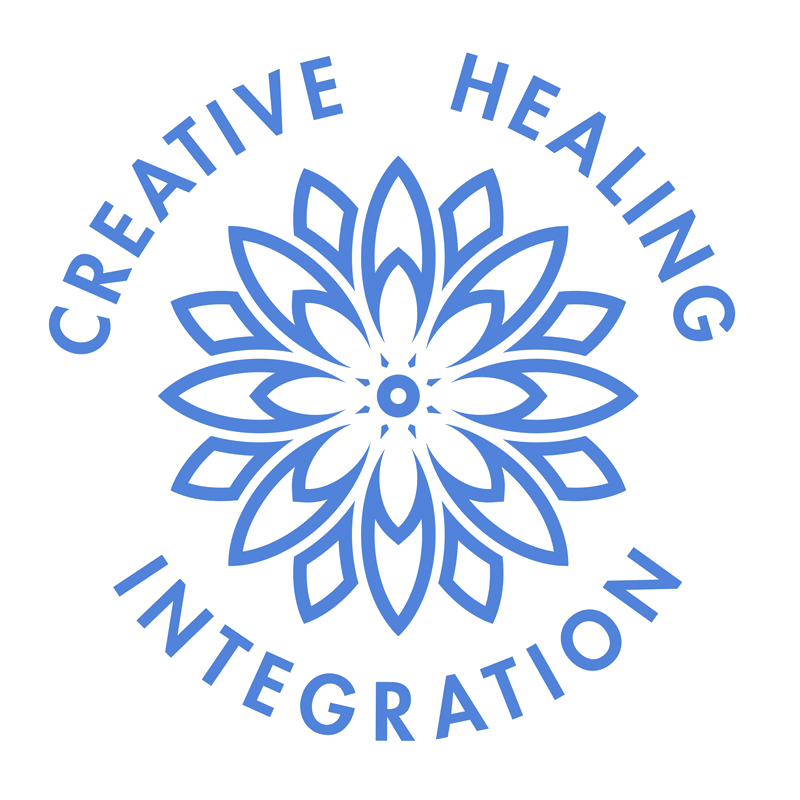
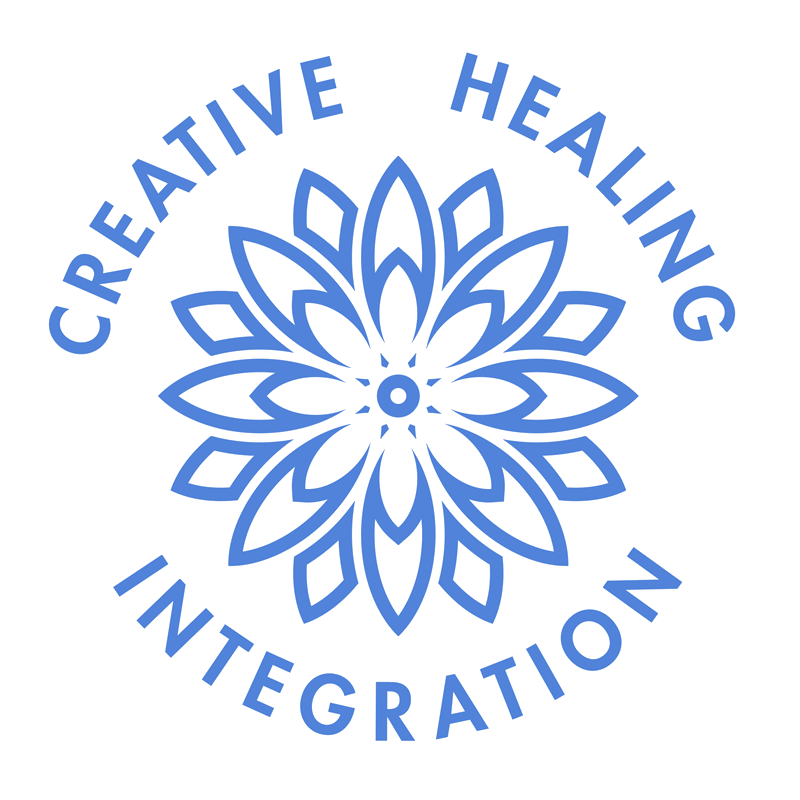
0 comments
Leave a comment
Please log in or register to post a comment